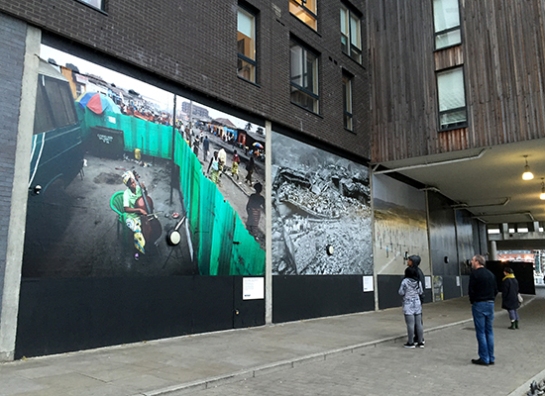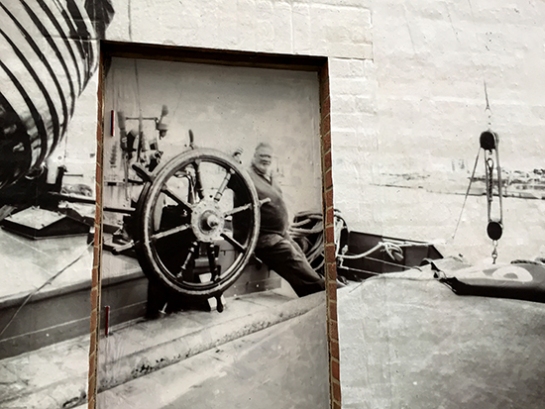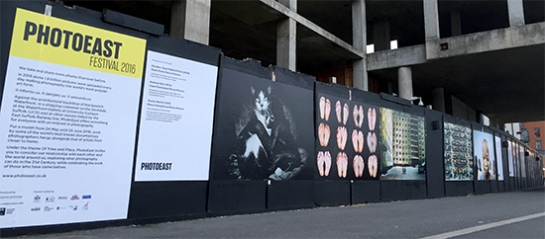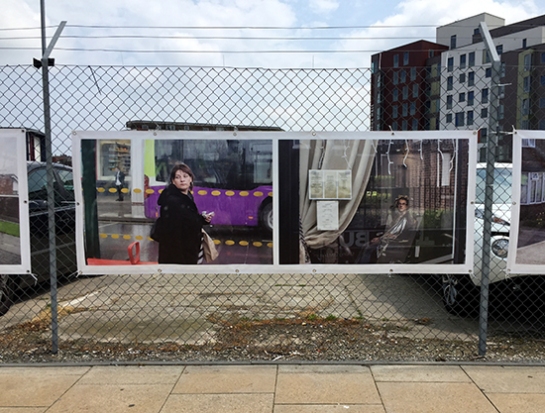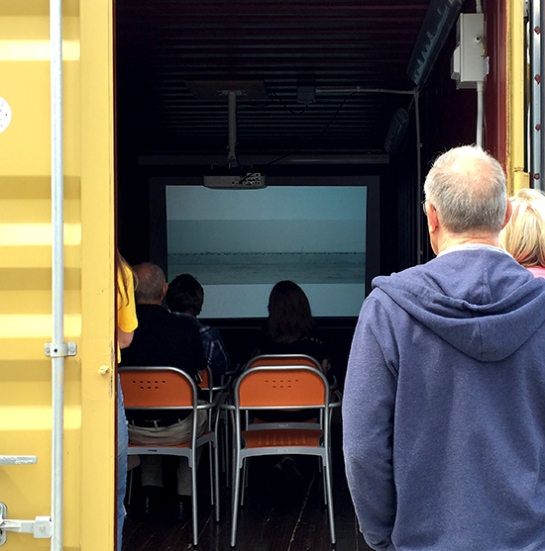I’ve been admiring St Andrew’s church in Felixstowe every time I have walked or driven past it for a while now. Today, I finally went out of my way to take a closer look, and some pictures.

As a bit of a fan of concrete buildings my eye was drawn to St Andrew’s from afar, and as I got closer, it didn’t disappoint.

I assumed correctly that it was built circa 1930, as there is an Art Deco essence to it with the gridded balustrades and sharp geometric corners. After my foray, I did a little bit of searching on the Internet and discovered St Andrew’s was completed in 1930–31 by Hilda Mason and Raymond Erith.

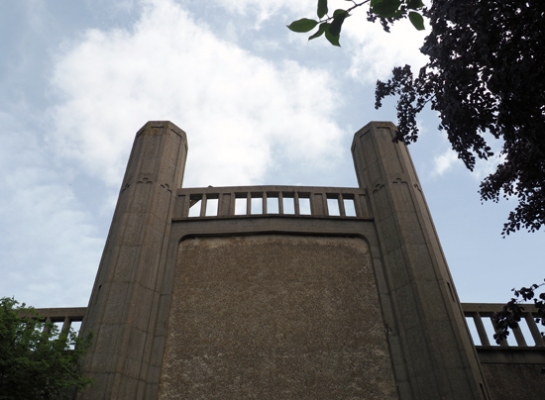
It is certainly an imposing figure, albeit one that has been softened by the Yew trees surrounding it. Interestingly, on closer inspection, you can see lots of other architectural influences. In the image below, if you replaced the concrete and pebble-dashing with timber beams & wattle and daub you would have what looked like a Tudor manor house.

One of the most striking features in my opinion are the balustrades that top off the whole building giving a sense of a battlement or castle like structure.



These Modern features, (for 1930), are then strangely augmented by more traditional big heavy oak doors.


A notable point that I’ve come across in my research is one of female architects and their associations with churches. In an article on the subject by Lynne Walker, St Andrew’s and Hilda Mason are featured extensively:
“The tradition of women as patrons of ecclesiastical buildings goes back to at least the middle ages. In the nineteenth century, the design of churches, their furnishings and decoration were considered appropriate for women, especially if they were built as a memorial to a family member or associated with the professional activities of a male family member. The design of churches reinforced the idea of women’s supposedly superior moral and spiritual nature. Like the design of houses, it could be viewed as associated with private unpaid ‘ladies’ accomplishments’ which were comfortably within the domestic sphere.
With professionalisation, churches continued to be a building type which attracted women’s design activities. Experimentation with concrete was a pre-war Arts and Crafts adventure, but it became a hallmark of modernism. St. Andrew’s Church in Felixstowe was designed in reinforced concrete by Hilda Mason (1880- 1955) in collaboration with Raymond Erith.
The Architectural Review called it: “The only English Church built in concrete—this is, in which concrete is used otherwise than as a cheap substitute for stone”. The construction was concrete frame with steel rods providing the tensile strength and concrete slabs made on the site (cavity brickwork). It was a church which the Architect & Building News, and its architects, believed welded “a logical and straight forward use of material to the strong fifteenth century tradition of East Anglia, such as Dedham, Lavenham, and Blythburgh”, although the tower, an important element of the composition was unexecuted. Erith’s superb drawing skills were put to good use in producing a set of presentation drawings for parish consumption which made the concrete church look more like a Suffolk parish church than it would ever do again.
Not surprisingly perhaps this unexpected building got a rough ride from the Church Commissioners’ architects, but Architectural Review supported St. Andrew’s as a “brave experiment that has the merit of combining structural sincerity with a genuine English feeling.” Hilda Mason anticipated that a connection with the Perrett’s concrete Church of Notre Dame, Le Raincy (1922-3) was, and is, inevitable. She feared that this would increase the unpopularity of her own church by association with architecture which was too innovative, foreign and Catholic.
Hilda Mason’s other major work was completely modernist, Kings Knoll, 1933, Woodbridge, a house for herself in the International Style.”

This now Grade II listed building is a fascinating hodgepodge of styles, one that bravely predates by many years postmodernist architects willingness to mix historical styles which was so forbidden by hardline Modernists.
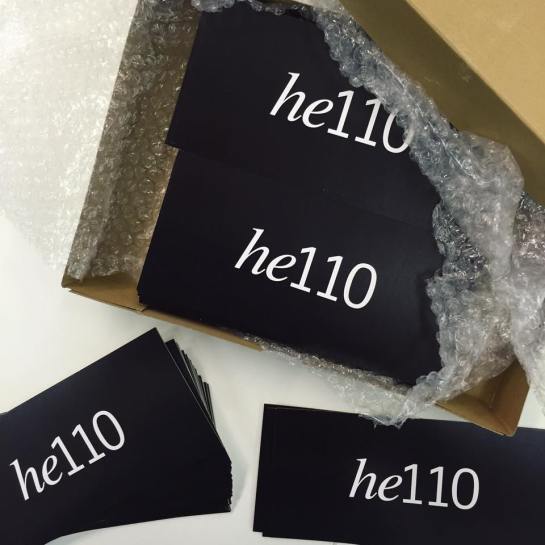
 The show opens to the public on 3 June in the UCS Arts Building, (weekdays 10:00–18:00; weekends 11:00–15:00), with the Private View on the evening of 2 June from 18:15–21:00.
The show opens to the public on 3 June in the UCS Arts Building, (weekdays 10:00–18:00; weekends 11:00–15:00), with the Private View on the evening of 2 June from 18:15–21:00.